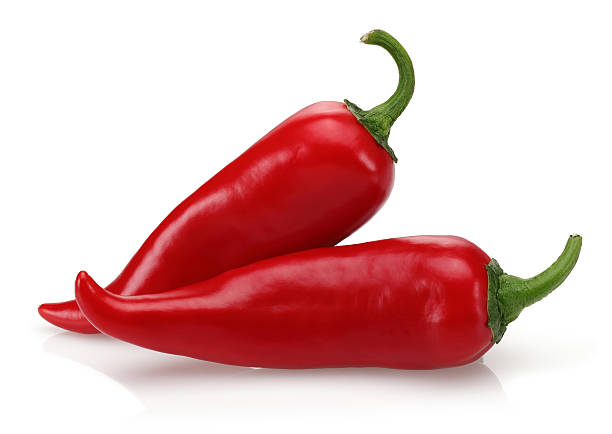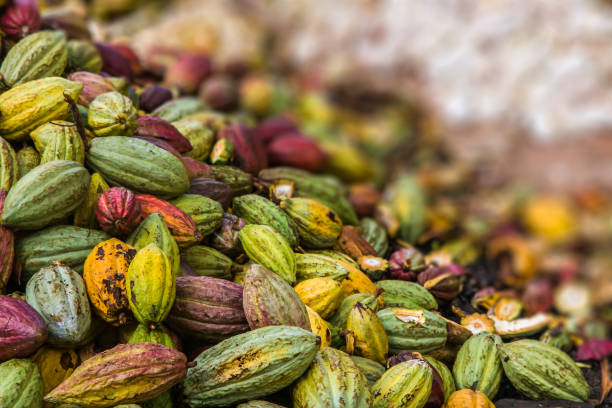The relationship between wine and people has a long-standing history. In 2010, archeologists discovered the oldest winery, dating back to 4100 B.C., in a cave in Armenia. The Egyptians used wine in their ceremonies, the Phoenicians traded it, and the Greek god Dionysus honored Bacchus. In 2014, the world consumed over 24 billion liters of wine each year. There is a fear that the extreme weather conditions in Western Europe during 2017 will have significantly reduced production and that prices for this highly-demanded commodity will rise.
Why is wine so popular in the first place? Wine is popular because of its taste and ability to relax people. It has also gained a reputation for being a “healthy alcohol” – with researchers noting in the past that red wine consumption in France was associated with a lower incidence of heart diseases. The Mediterranean diet, which emphasizes plant-based food consumption and moderate red wine consumption, has been deemed beneficial by scientific advisory boards.
The Mediterranean diet’s low consumption of saturated fats, its emphasis on a healthy lifestyle, and, more independently, red wine and alpha-linoleic (essential fatty acids) may confer cardio-protective effects.
Cholesterol, inflammation, blood pressure
Red wine contains more than 500 chemical substances. Red wine contains over 500 different chemical substances.
Alcohol and polyphenols have been shown to improve health in several ways. Polyphenols and alcohol can increase HDL cholesterol, or “good cholesterol,” while decreasing LDL oxidation, or “bad cholestrol.” They also reduce inflammation. It is believed that they increase Insulin sensitivity. They are also believed to improve blood pressure.
Based on observational studies, Mediterranean diets have long been touted as healthy for the heart. This photo shows a woman buying fruit in a market near Barcelona, Spain. (AP Photo/Emilio Morenatti)
When wine is compared with beer and spirits, there is no pattern. Some claim that wine is superior in terms of reducing IHD and mortality. Some report the same for beer and spirit. Some people say there’s no difference. It seems that lifestyle factors, as well as alcohol and polyphenols, are also important in explaining the French paradox.
Even though wine and alcohol can have positive effects, they are still potential risk factors for atrial fibrillation. This is the most common “rhythm change” in the heart.
How much alcohol should I drink?
Researchers have found that excessive consumption of wine or binge drinking can lead to adverse health effects, while moderate intakes of wine reduce the risk of IHD and death.
As a result, different governing bodies issued guidelines on alcohol consumption. They follow a similar pattern, but they vary greatly by country and source. The definition of ” One Standard Drink” used in each guideline is very variable and varies from country to country. This creates a lot of confusion. This is a major problem when it comes to interpreting alcohol guidelines.
The majority of guidelines recommend a moderate intake of one or two alcoholic beverages per day. Is yours a 4-oz? Is yours a 4 oz. glass? (Shutterstock)
World Health Organization suggests that low-risk alcohol intake is no more than two standard drinks per week, with at least two days without drinking. One standard drink equals 10 g of pure ethanol.
American Heart Association advises men to drink alcohol in moderation, i.e., one or two drinks per week for men and one for women. One drink is 12 oz. Beer, four oz. 1,5 oz. 1.5 oz. You can also use 100-proof spirit.
The American Dietary Guideline for 2015-2020, developed by the United States Department of Agriculture, recommends moderate alcohol consumption. For men, this equates up to two standard beverages per day and for women to one. One traditional drink equals 14 g of pure ethanol.
The Canadian Centre for Addiction and Mental Health recommends low-risk alcohol consumption – up to three drinks for men and women per day. A drink is 12 oz. One drink is defined as 12 oz. 5 oz. 40% spirits.












+ There are no comments
Add yours